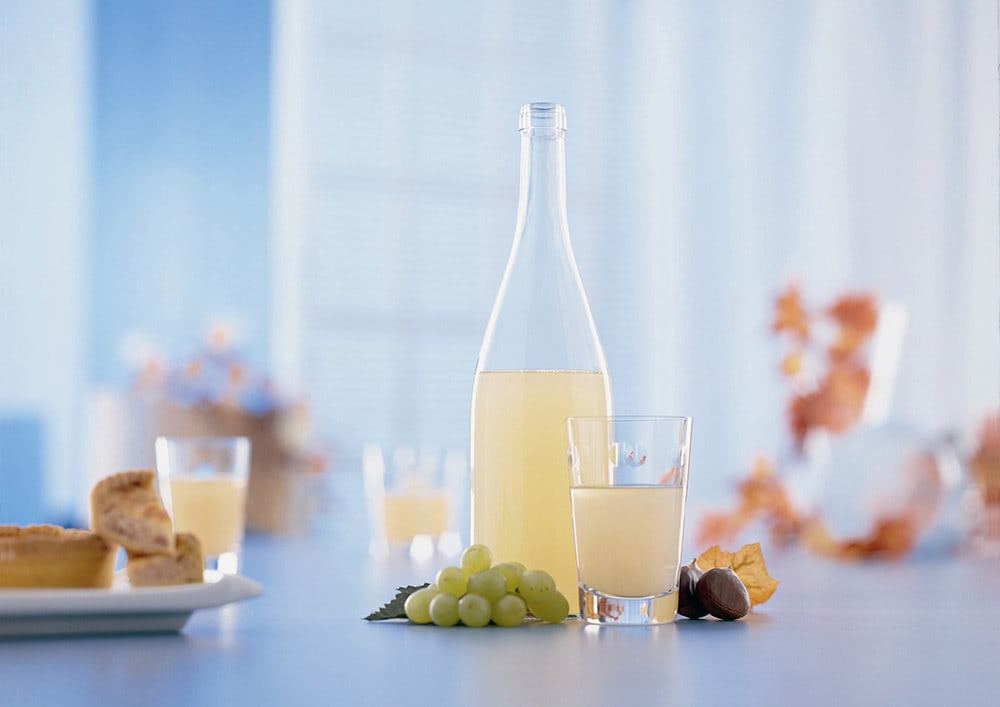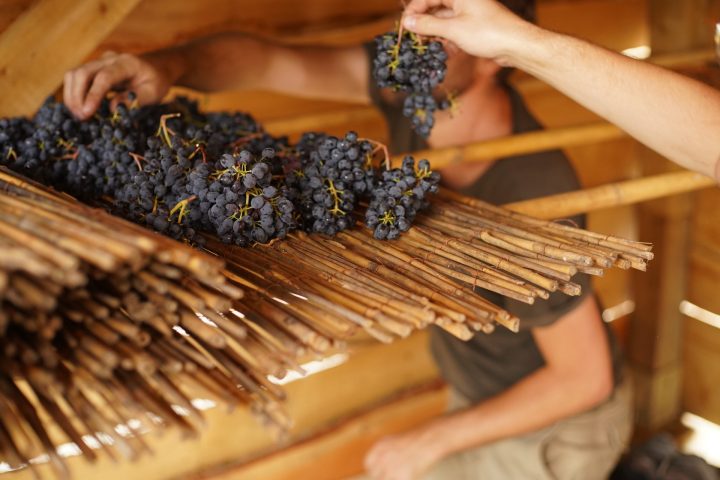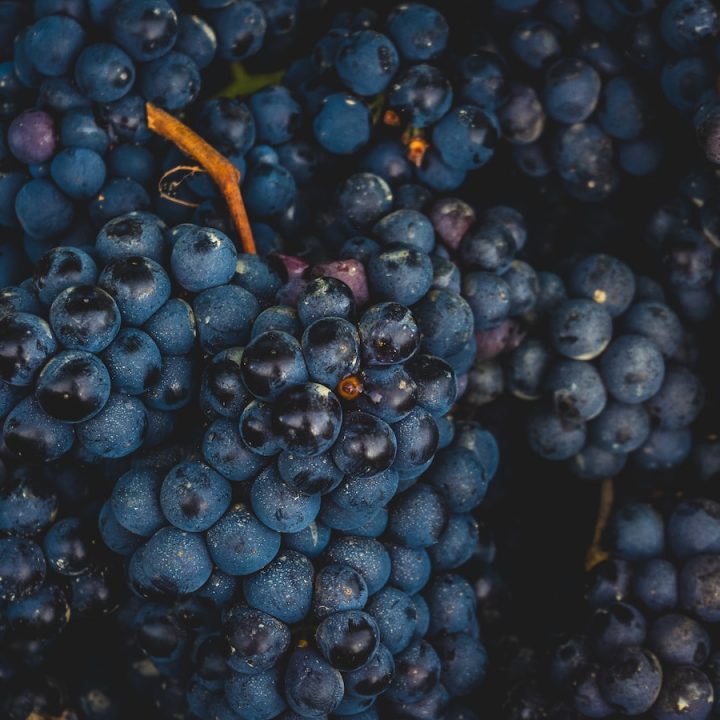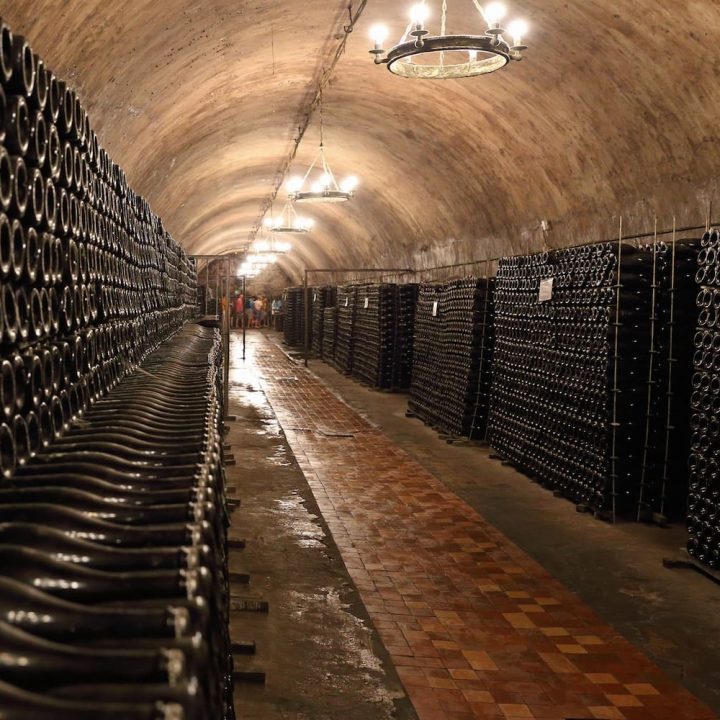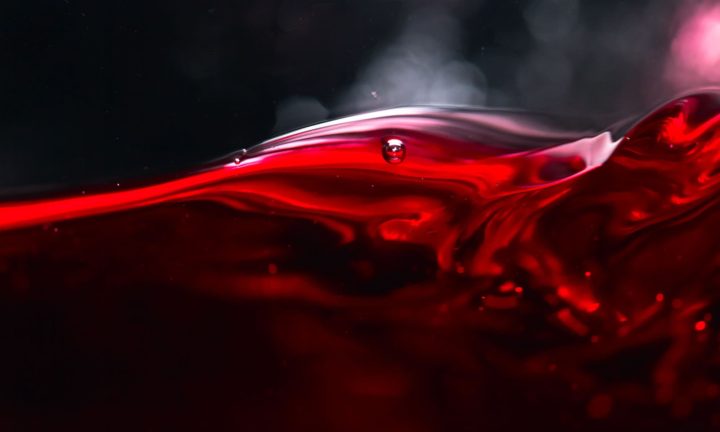When the days become noticeably shorter again in September and nature slowly shows off its colorful autumn dress, the Federweisser season begins in the German wine regions.
Each region has its own name for the culinary ambassador of the new vintage. Thus, it is also known as Sauser, Rauscher, New Wine, Bremser or Krätzer.
What is Federweisser
Federweißer is an unfiltered grape must in which alcoholic fermentation began only recently. Depending on the beginning of the grape harvest, Federweißen can be purchased between the beginning of September and October.
From sugary sweet to almost fully fermented young wine, it can be found in all flavors in between. Since the must is not filtered before bottling and the yeasts remain in it, Federweisser continues to ferment and change its flavor profile even at home. This process ends only when the yeast fungi have converted all the sugar into alcohol and carbon dioxide.
If red or blue grapes were used in the production, it is called feather red. Unlike Federweisser, it contains some tannins from the grape skins, which provide a slightly abrasive mouthfeel.
Federweißer is made almost exclusively from grape varieties that are less suitable, or not suitable at all, for the production of high-quality wines. Due to high demand, many winemakers grow these grapes specifically for the production of Federweisser. In Rhineland-Palatinate alone, around two million liters are sold annually.
Store in a cool place and enjoy quickly
The taste of fresh Federweisser is reminiscent of an alcoholic grape soda. Active fermentation dissolves carbonic acid in the must, which leaves a slightly tingling sensation when drinking. If you prefer it more tart, let it sit at room temperature for a few hours. Fermentation continues and the sugar is processed by the yeasts into alcohol and Co². Once it has reached the desired sweetness, the Federweiße must be immediately placed in the refrigerator.
The low temperatures put the yeasts into cold dormancy and slow down the fermentation process. However, since this does not completely succumb, Federweißer should always be used within a few days.
Federweisser is often sold in glass bottles. To prevent them from being blown up by the Co² generated, they are only loosely sealed and are transported upright and stored in the refrigerator.
Federweisser and onion tart – A perfect couple
Classically, Federweißem is accompanied by hearty dishes such as Zwiebelkuchen, a hearty sheet cake comparable to a French quiche lorraine.
Besides the traditional onion tart, various other dishes are suitable, such as fig and goat cheese flambé or potato pancakes with applesauce.
Buying Federweisser – What you should watch out for!
In and around the wine-growing regions of Germany, Federweißen can be found almost everywhere in the fall. You can get it in the supermarket, directly from the winemaker or by the glass in many restaurants, as a seasonal speciality. In many places, a special festival is held in his honor.
But not everywhere Federweisser is mentioned, German wine is involved. To meet the high demand, supermarkets in particular are turning to tank wines from southern or southeastern Europe. It is advisable to buy Federweißen directly from the vintner – if possible – and avoid the mass-produced products from the supermarket.
